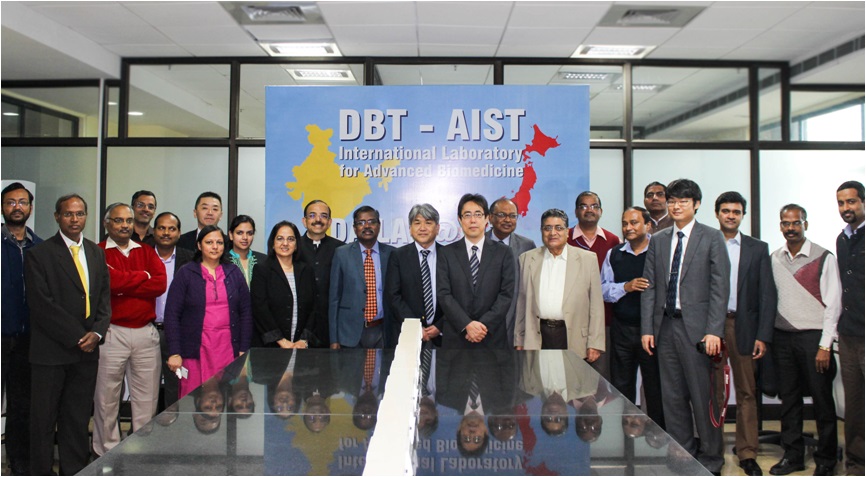
Dental plaque or oral biofilm is a major cause of periodontal disease, dental caries, and infections such as infective endocarditis. Attachment of pioneer bacteria (primary or early colonizers) to the tooth surfaces (e.g., the acquired salivary pellicle coated on the tooth surface) is the first and critical step in plaque development. Coaggregation between the primary […]
Read more








